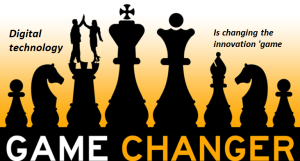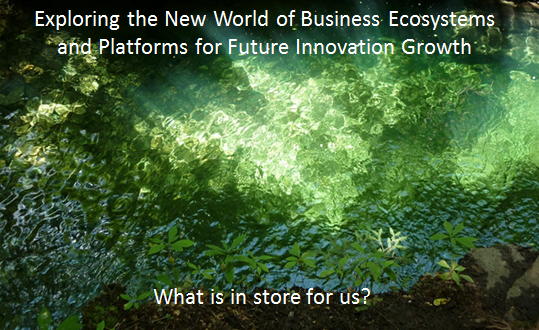 I have been having some writers block recently and I was not sure how to unlock some random thoughts I was having in the past weeks, then in a great conversation I had today, with a fellow innovation colleague, it started to “reveal itself” in where I needed to go to give a new sense of repurpose.
I have been having some writers block recently and I was not sure how to unlock some random thoughts I was having in the past weeks, then in a great conversation I had today, with a fellow innovation colleague, it started to “reveal itself” in where I needed to go to give a new sense of repurpose.
A collaboration is being mooted between us but until there is a point of common understanding much stays under partial wraps until we both get to a more comfortable point, where we feel it can go for us but it certainly triggered this post as a starter.
The thinking hinges around the state of innovation today, how it is fragmenting in a myraid of parts, all seemingly contributing; yet it seems learning has been replaced by personalized experience and the chase for individual knowledge. Mostly this does not get embedded back in the company, the ones who are paying for this exposure.
I was wondering if there was a decent ‘return on investment’ being made by the company or was it just being front-loaded on the individual, so they gain and then can take that understanding elsewhere, or simply set up their own shop of ‘innovation expertise’. The ROI and the Return on Learning seemed to be mostly heading out of the door, leaving the organization that made the investment, devoid of a return.
My feeling is this should change and we firstly establish a “System of Record” for innovation that brings the individual learning into a collective one, a “system of collective engagement” that enables all within the system to gain from and design innovation solutions, from a more ‘whole’ system thinking perspective, that gives innovation sustaining power connecting the individual to the organizations needs. Continue reading “Putting some dynamic tension back into the innovation system”









